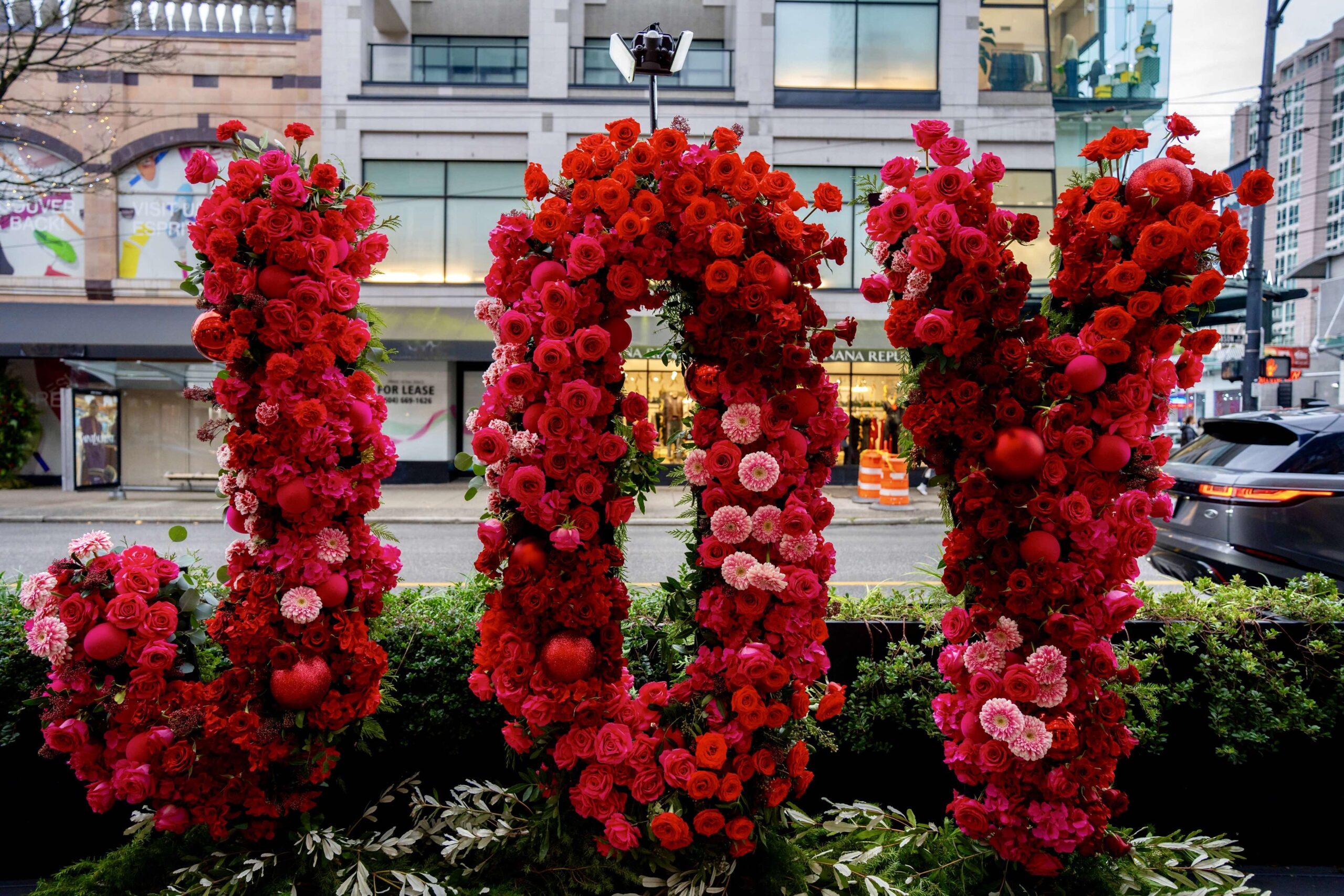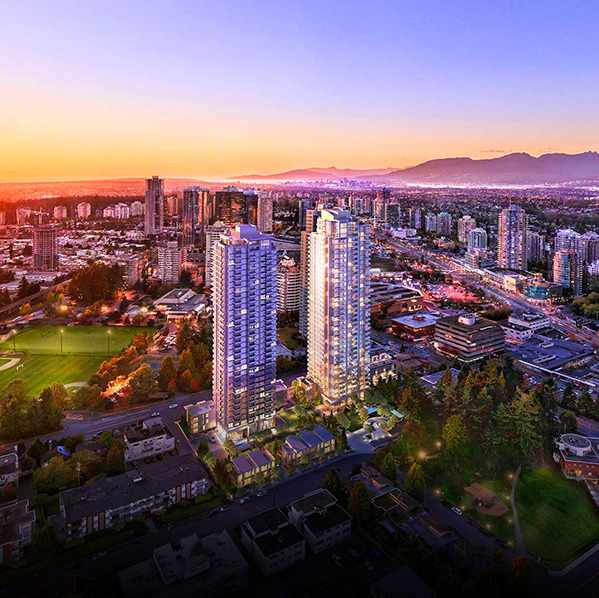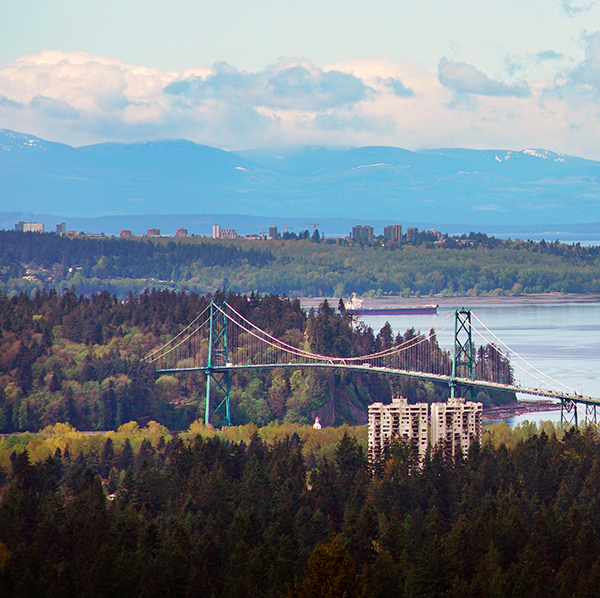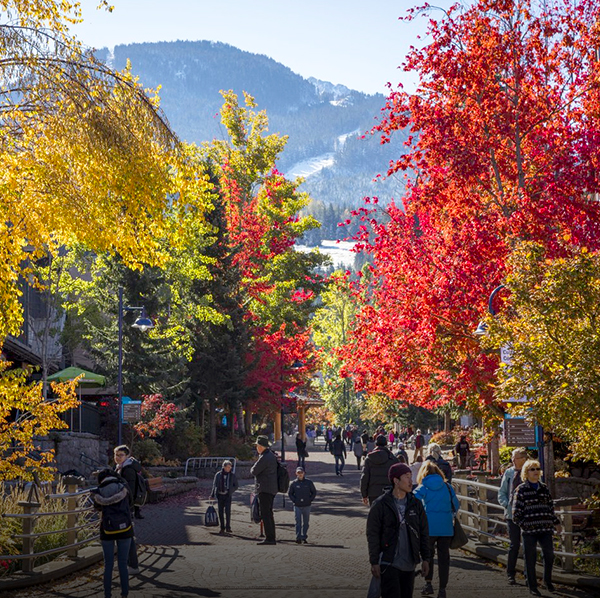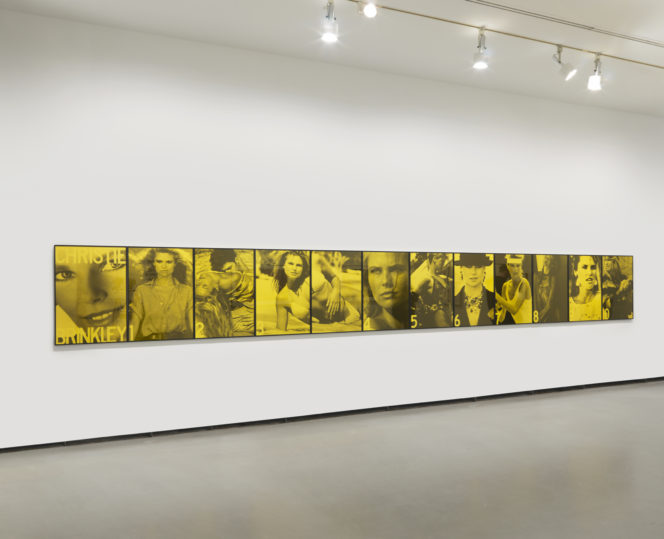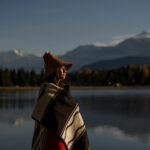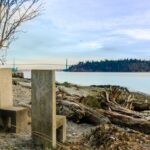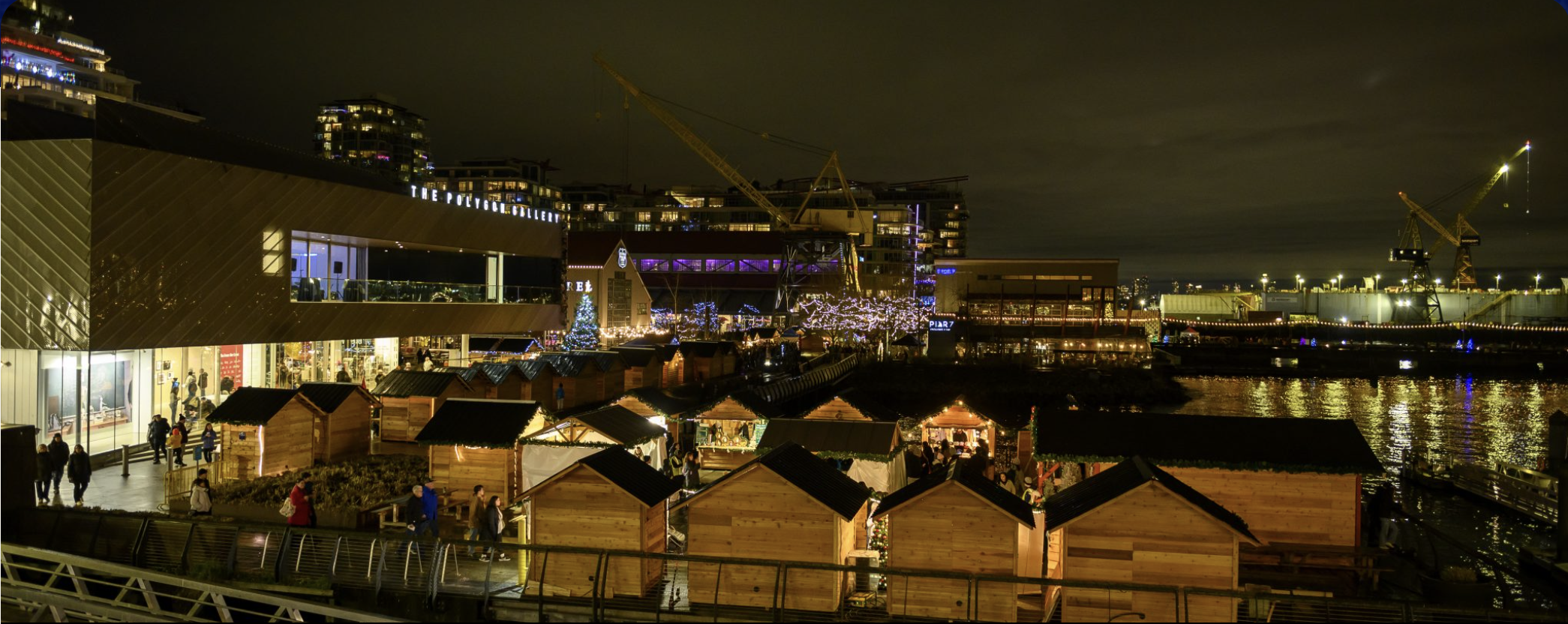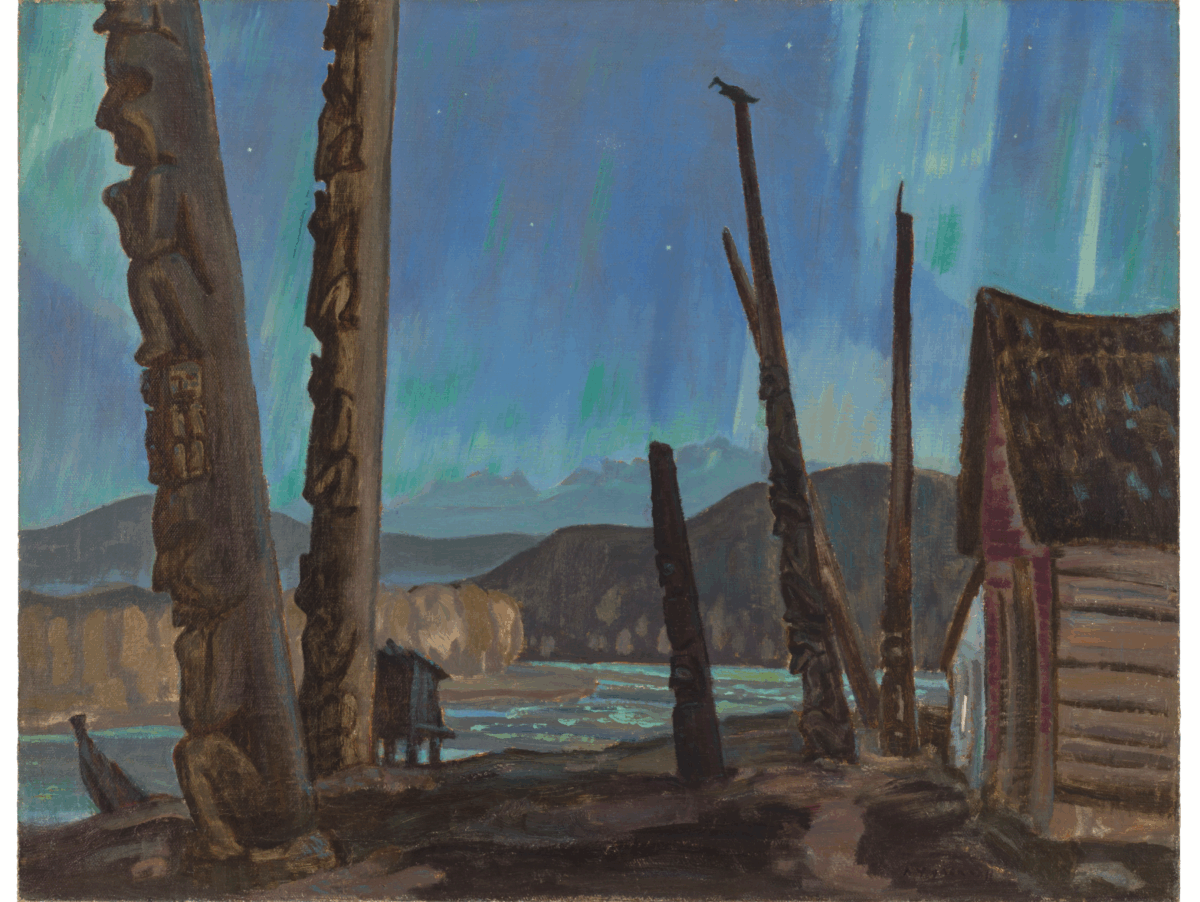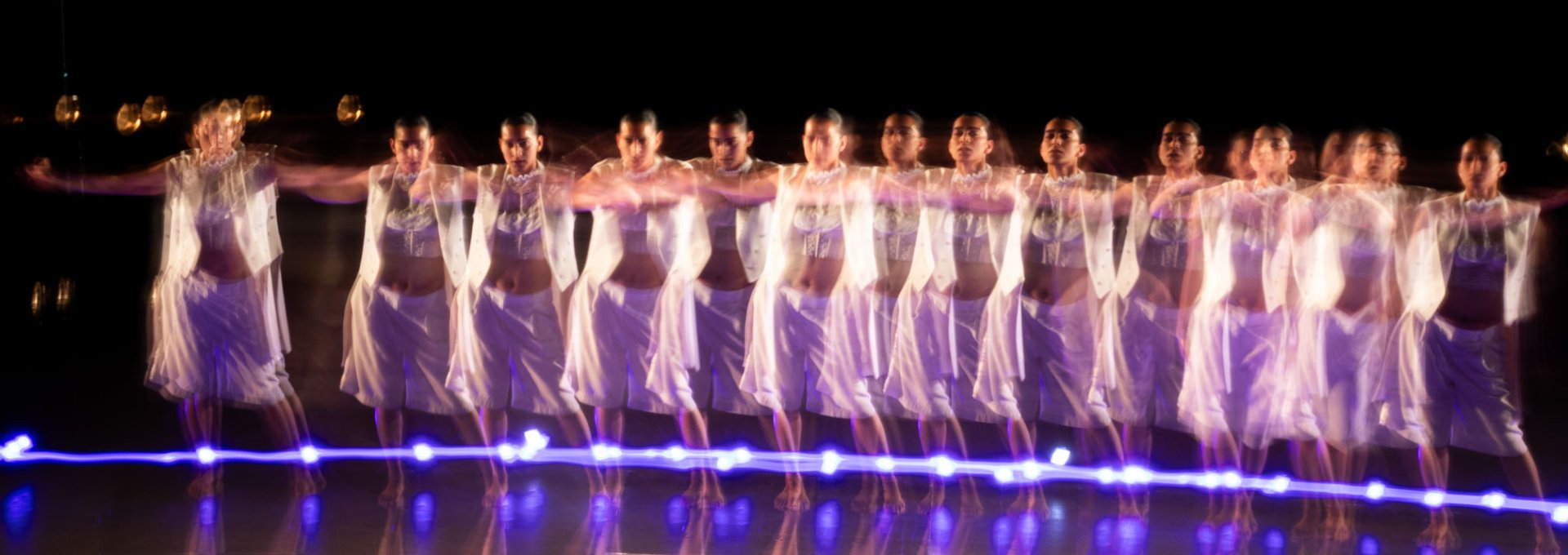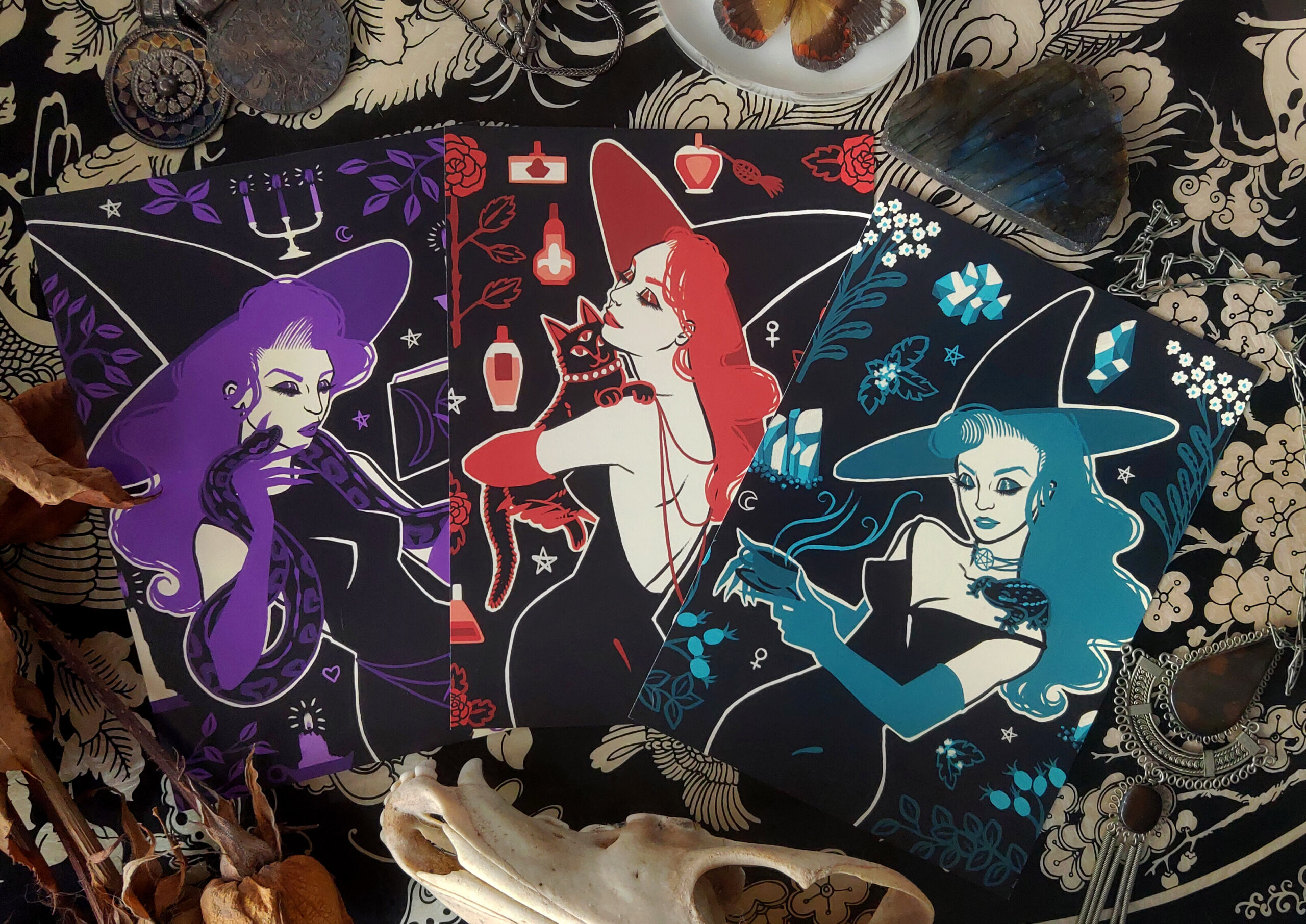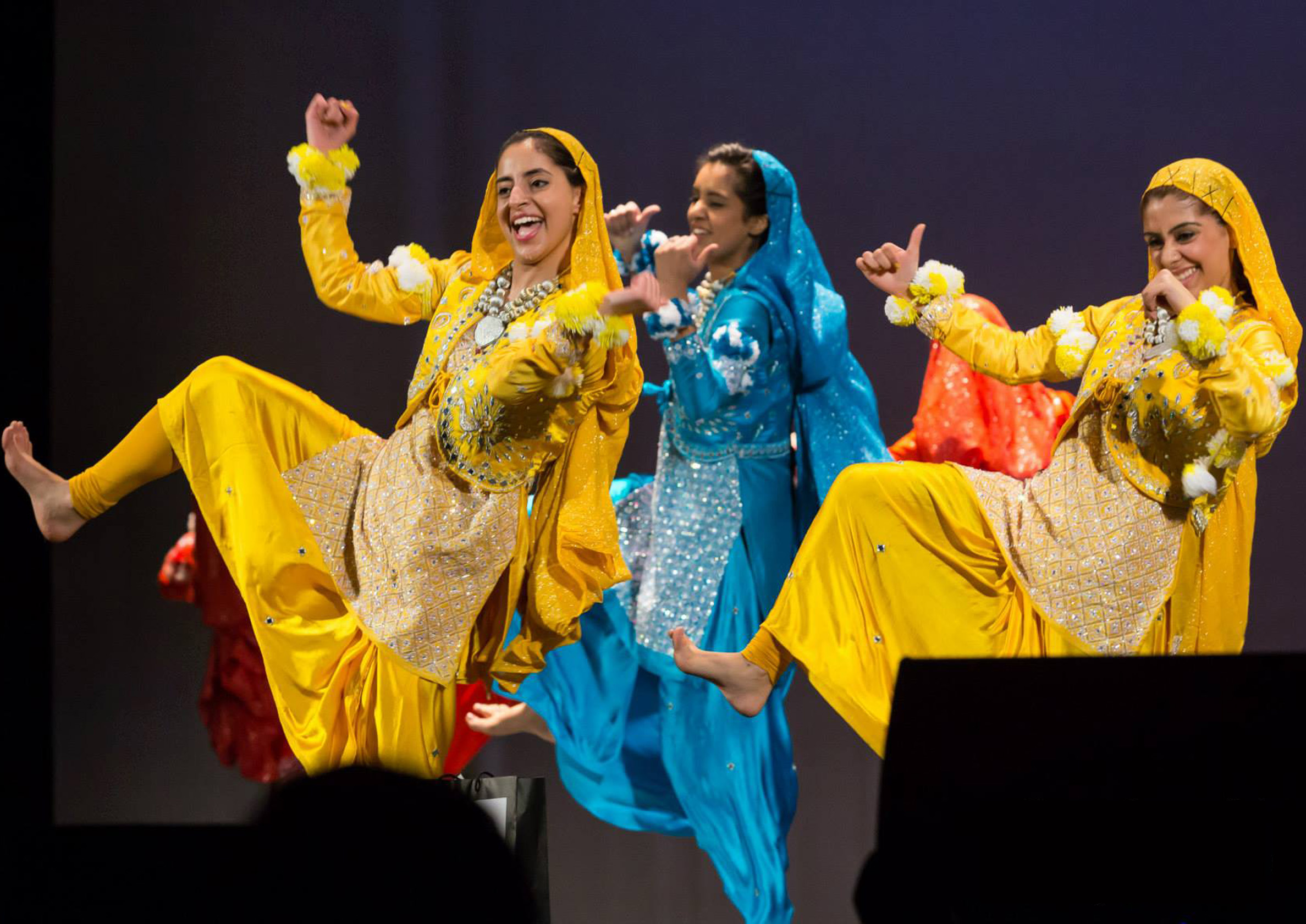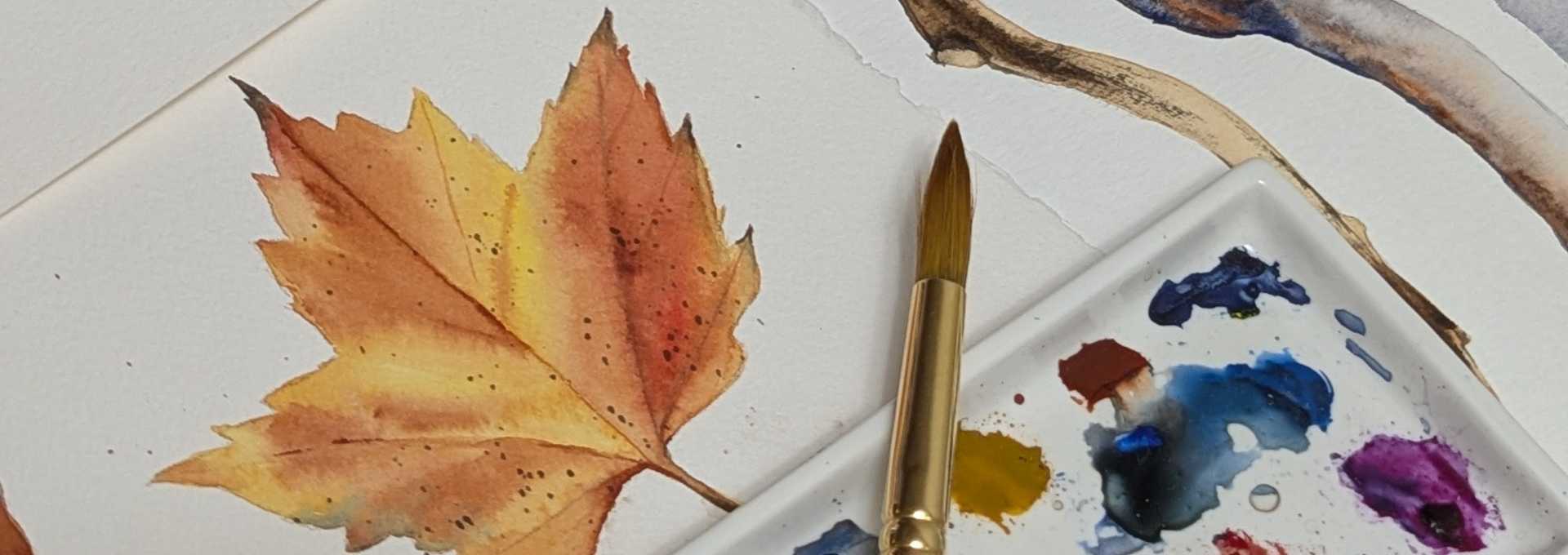by Tara Lee
Source: Inside Vancouver
In today’s Instagram image culture, the pressures to be visually perfect are intense. Whether it be flawless selfies selling the latest beauty products or photos showcasing home décor, most people are constantly seduced by the images around them.
A recently launched exhibition at the Vancouver Art Gallery challenges the aesthetics of consumer culture, as well as explores how humans create artificial spaces away from nature.
This week, two exhibitions opened at the Vancouver Art Gallery (750 Hornby Street), both running until January 26, 2020.
Vicky Alexander: Extreme Beauty charts the photographic, sculptural, collage, and installation work of Alexander, a Canadian artist who rose to prominence in the 1980s. Fittingly, more than 80 pieces are included in this exhibition, with focus on the artist’s play with found photographic images.
While in New York in the 1980s, Alexander became intrigued with photos of women in fashion magazines, taking them in order to highlight and critique a certain consumerist leveraging of idealized female beauty. Iconic model Christie Brinkley, who appeared frequently in these magazines, symbolized a fixation on a certain type of femininity.
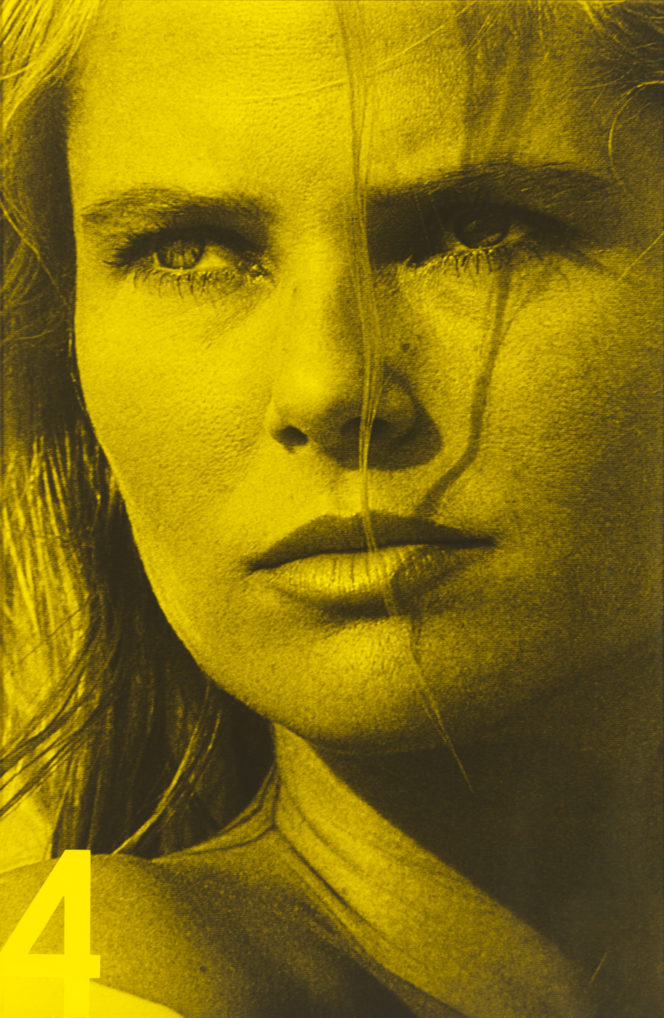
silver gelatin print, vinyl type, coloured Plexiglas Collection of the Vancouver Art Gallery, Gift of the Artist
In Obsession (1983), Alexander places a series of enlarged images of Brinkley in juxtaposition, forcing the viewer to consume the images repeatedly until they almost lose their meaning. Brinkley stares out of the photographs, pulled out of the context of selling perfume, mascara, and bathing suits. Placed in a new context, an art gallery, the photographs, together, draw attention to a pervasive use of a uniform female beauty to sell consumer goods. Where is the desire directed once these images are no longer within a magazine? Is Brinkley’s 1980s beauty any different from the virtual images that circulate now?
Beyond these appropriated fashion photographs, the exhibition also spotlights Alexander’s work that questions other aspects of commodity culture, specifically how in-door spaces reveal people’s desire for, as well as disconnection from nature. Using photographs, installation, sculpture, and collage, she plays with the role that furniture and décor items play in people’s lives. Her thoughtful examination of condo showrooms, artificially created environments at places like Disneyland, and cultivated natural environments that are actually far from the wilderness highlight the important role that space plays in humans’ lives.
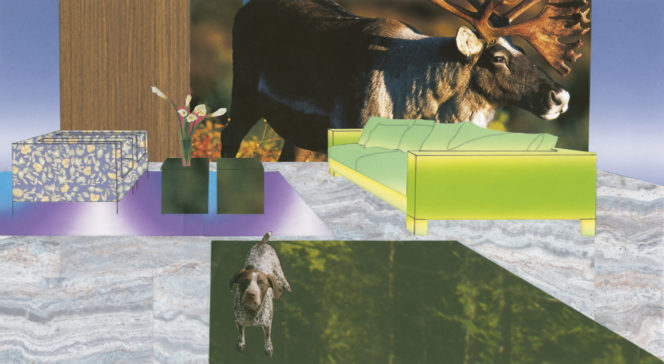
inkjet print on canvas
Collection of the Vancouver Art Gallery, Gift of Robert G. Woods and Petra Tode-Woods
What do these carefully orchestrated spaces reveal about people’s yearning for home and connection, while at the same their need for beauty that recreates what occurs naturally beyond the city?
The other exhibition, Robert Rauschenberg 1965-1980, features works from mostly the Gallery’s permanent collection that chart the incredible impact and scope of the artist’s work. Rauschenberg, an influential American artist, experienced particularly explosive artistic growth in the period covered, producing in a range of mediums, such as collage, sculpture, fabric, print-making, and drawing.
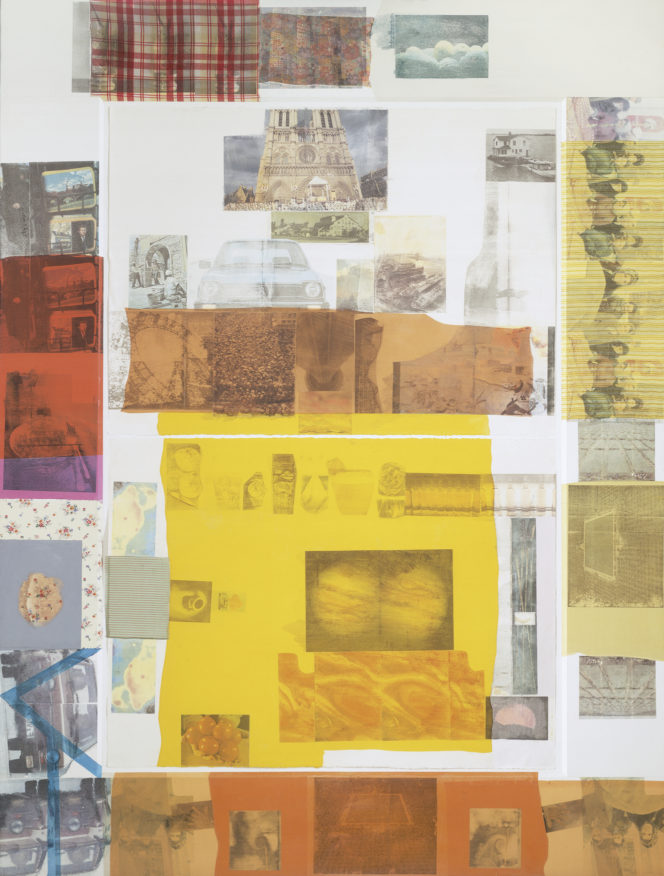
transfer print on paper and fabric
Collection of the Vancouver Art Gallery, Permanent Collection Fund and Public Donations raised through Volunteer Committee
Photo: Robert Keziere, Vancouver Art Gallery
Rauschenberg shares with Alexander an interest in mass consumed images and the ways that they can be appropriated and rearranged in order to make new meaning. His experimentalism was rooted in the everyday through found objects and imagery, like photos and articles from newspapers and magazines, that he then combined in intriguing collages and sculptures. He was interested in exploring the boundary between art and the everyday and how the two artificially diverge, but can be brought back into conversation through his work.
Autobiography (1968) is an artistic journey through his life, a billboard pressed work that brings together items with personal resonance, as well as self-imagery.
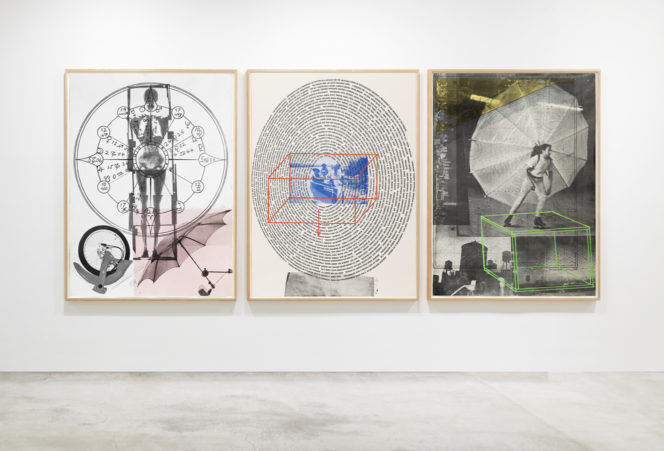
offset lithograph on paper
Collection of the Vancouver Art Gallery, Gift of Mr. and Mrs. Ira Young
Sky Garden (1969) meanwhile draws upon the witnessing of the launch of the Apollo 11 Mission.
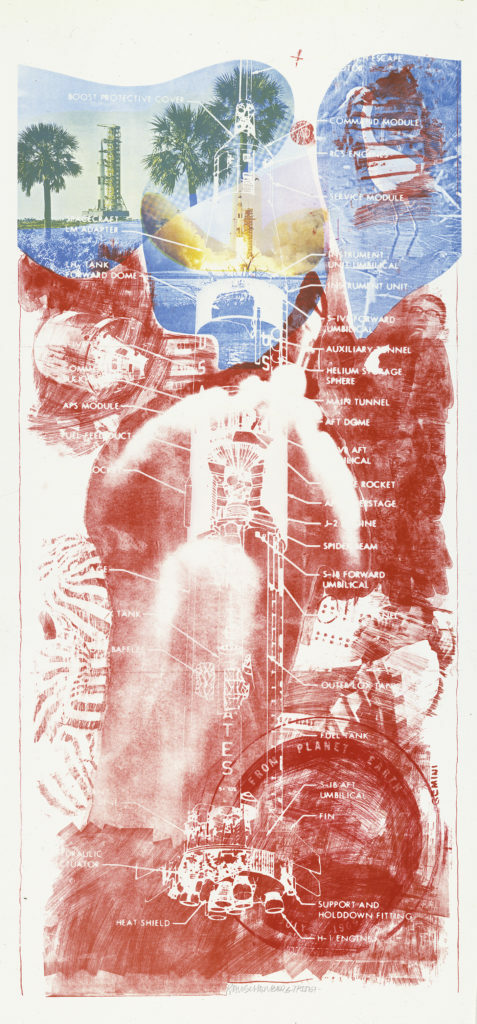
lithograph, screenprint on paper
Collection of the Vancouver Art Gallery, Gift of J. Ron Longstaffe, Photo: Vancouver Art Gallery
Rauschenberg reveals himself to be an artist very much situated in his time, one actively seeing the artistic potential in both the seemingly ordinary and extraordinary moments and things of his life. The exhibition, overall, showcases an artist who radically broke down the divisions between mediums, as well as between the artistic and everyday worlds, paving the way for many artists to come.
Further information on both exhibitions can be found on-line.
